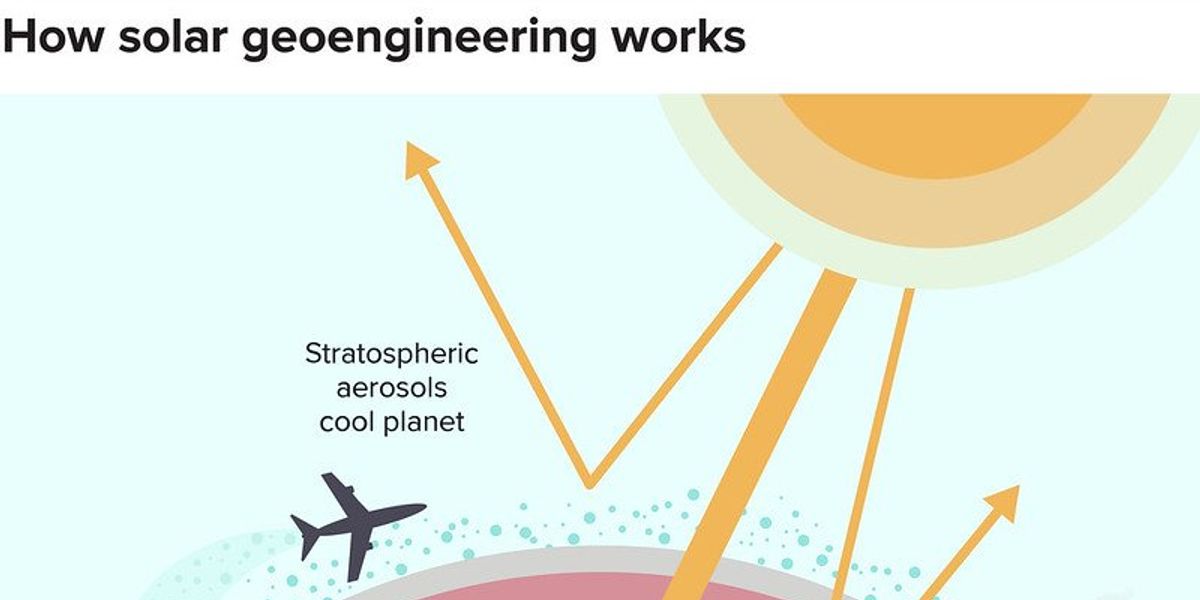
Exploring solar geoengineering's potential and perils
As the climate crisis deepens, the siren song of solar geoengineering beckons, but the law of unintended consequences looms large.
Jeremy Freeman writes for The New York Times.
In short:
- Solar geoengineering, once a taboo subject, is gaining traction as a possible climate change solution, involving strategies like reflecting sunlight via particles in the stratosphere.
- Concerns include the risk of "termination shock" and altering rainfall patterns, highlighting the necessity for global participation in research.
- Recent backlash against outdoor experiments underscores the urgent need for transparency and public engagement in geoengineering discussions.
Key quote:
"I’m increasingly convinced that we should do more research on solar geoengineering. But such high-stakes science requires extraordinary levels of transparency and accountability to the global public."
— Jeremy Freeman, executive director of CarbonPlan, a climate research nonprofit
Why this matters:
With the growing interest in solar geoengineering as a "Band-Aid" for climate change, this essay urges caution and care in navigating the ethical and environmental implications. Ideas to dim the sun 'ignore the root cause' of the climate crisis – and create a cascade of unintended problems, scientists and activists say.














